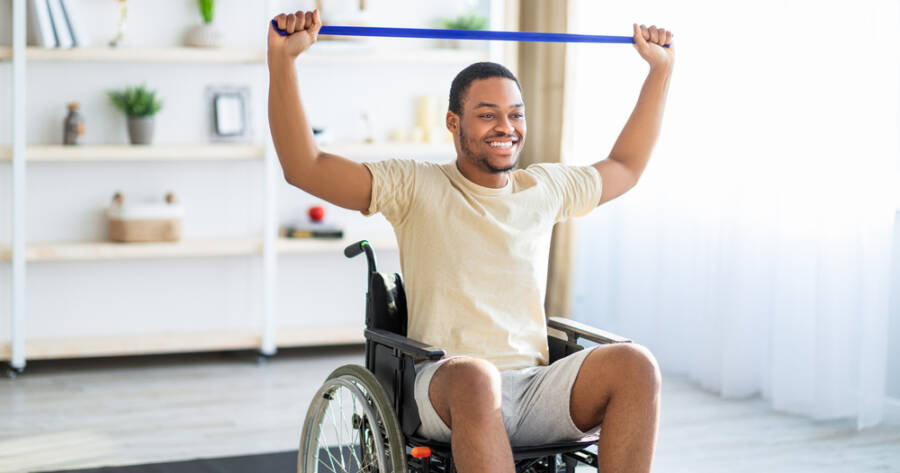Fitness is for everyone, but for many people, traditional fitness spaces and routines can feel exclusive or intimidating. Whether due to disability, chronic illness, age, size, or limited access to facilities, countless individuals face barriers that prevent them from fully participating in physical activity. The good news? The fitness industry is evolving to become more inclusive and accessible, offering a wider range of solutions that empower people of all abilities to move their bodies in ways that feel safe, enjoyable, and effective.
What Is Accessible Fitness?
Accessible fitness refers to exercise programs, spaces, and equipment designed to accommodate a diverse range of abilities, needs, and limitations. This includes individuals with physical or cognitive disabilities, older adults, people recovering from injury, and anyone who might feel excluded from the mainstream fitness culture.
The goal is to remove physical, social, and emotional barriers that prevent people from leading active lifestyles. This means offering adaptive equipment, inclusive workout plans, and supportive environments, both in-person and online.
Why It Matters
According to the World Health Organization, physical activity is key to improving overall health, reducing the risk of chronic disease, and enhancing mental well-being. Yet, people with disabilities or other limitations are far less likely to engage in regular exercise, not due to lack of motivation, but because of lack of access and representation.
Making fitness accessible ensures that everyone has the opportunity to enjoy the benefits of movement, regardless of their starting point.
Innovations in Inclusive Fitness
The fitness industry is taking important steps to embrace accessibility through innovation and advocacy. Some notable developments include:
1. Adaptive Equipment
Gyms and home fitness companies are now offering adaptive equipment like resistance bands with grip aids, seated ellipticals, and accessible strength machines. These tools help users exercise safely while accommodating limited mobility or dexterity.
2. Inclusive Group Classes
Many fitness centers now offer classes tailored for specific needs, such as chair yoga, aqua aerobics, or low-impact dance for seniors and people with chronic conditions. These environments emphasize community and support over performance.
3. Virtual Fitness Platforms
Online workouts have opened the door for more personalized, accessible fitness experiences. Platforms like YouTube, Peloton, and specialized services like Adapt to Perform or Inclusive Fitness offer videos and guidance for people with physical limitations, all from the comfort of home.
4. Training for Trainers
Some organizations now provide certifications in adaptive fitness, ensuring personal trainers and instructors are educated in working with people of all abilities. This creates a more welcoming and informed fitness space.
How to Start an Accessible Fitness Journey
If you’re looking to incorporate more movement into your life but face barriers, here are some steps to help you begin:
- Consult a healthcare professional or physical therapist for guidance tailored to your condition or ability level.
- Start small: Even five to ten minutes of movement each day can make a big difference.
- Use available resources: Seek out adaptive programs, community centers, or virtual classes that cater to your needs.
- Focus on what you can do, not what you can’t. Movement is highly individual and should be customized to your comfort and capability.
- Celebrate progress over perfection. Consistency matters more than intensity.
Creating a Culture of Inclusion
Fitness should never be a one-size-fits-all experience. By championing accessibility, we can break down stigmas and support people in finding joy in movement, regardless of ability, age, or background.
This requires ongoing effort from gyms, trainers, developers, and communities to ensure that inclusive fitness options are visible, affordable, and welcoming.
Fitness for Every Body
Accessible fitness is about more than accommodating physical needs — it’s about creating spaces and systems where everyone feels they belong. Whether you’re new to movement, living with a disability, or returning after an injury, know that your journey is valid and there are resources to support you.
Movement is for every body. And when fitness is accessible, everyone has the chance to thrive.

